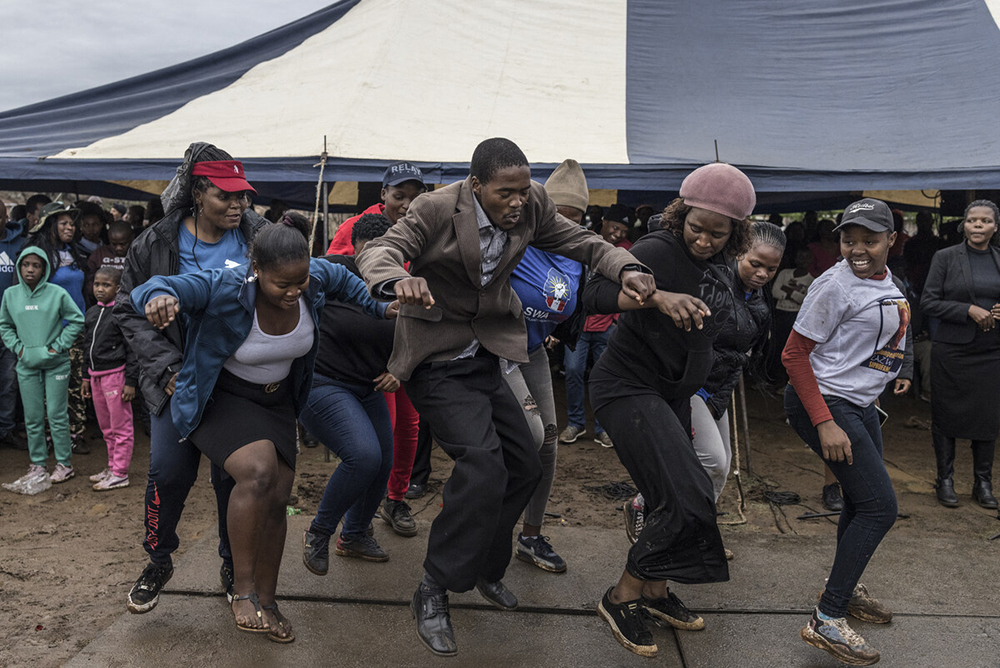
Introduction
The Philippines, an archipelago of over 7,000 islands, is a nation known for its rich cultural heritage, diverse demographics, and growing economic landscape. Recently, it has gained attention for its response to various challenges, including the ongoing impacts of the COVID-19 pandemic, climate change, and economic development. Understanding the current situation of the Philippines is vital for grasping its influence in Southeast Asia and the broader Asia-Pacific region.
Current Events and Developments
In 2023, the Philippines has made significant strides in addressing the effects of the pandemic on its economy. The Department of Finance reported a growth rate of 6.3% in the first half of 2023, driven mainly by robust consumer spending, infrastructure investments, and a revival of the tourism sector. This resurgence is crucial as the Philippines relies heavily on tourism, contributing to approximately 12.8% of its GDP prior to the pandemic.
Additionally, the country is intensifying its climate resilience efforts amid increasing vulnerability to natural disasters. The Philippines ranks as one of the most disaster-prone countries globally, facing challenges such as typhoons, earthquakes, and rising sea levels. The government is actively seeking to strengthen its disaster risk reduction strategies, and international collaborations are ongoing to secure funding for sustainable development projects.
Cultural Insights
The cultural landscape of the Philippines is a vibrant tapestry woven from a multitude of influences, including Indigenous traditions, Spanish colonial history, and American pop culture. The recent celebration of National Arts Month in February showcased the country’s rich artistic diversity, promoting local artists, musicians, and performers. Street festivals and regional celebrations, such as the Sinulog Festival in Cebu and Ati-Atihan in Aklan, emphasize the significance of community engagement, showcasing traditional dance, music, and crafts.
Moreover, the Filipino diaspora continues to be a vital component of the nation’s identity and economy. Overseas Filipino Workers (OFWs) contribute significantly to the economy through remittances, which accounted for over $33 billion in 2022, strengthening household finances across the country.
Conclusion
The Philippines stands at a crossroads, balancing its rich cultural heritage with the pressing demands of modernization and global integration. With ongoing investments in infrastructure, a focus on climate resilience, and a vibrant cultural scene, the Philippines is poised for sustained growth. For readers, understanding the Philippines offers not only insights into a unique culture and vibrant society but also highlights the country’s potential as a significant player in the global economy. As it strives to enhance its position, the importance of continuous support for local ecosystems and communities cannot be overstated, indicating a hopeful future for this dynamic nation.
You may also like

Exploring Monmouth: History, Attractions and Community

Exploring the Unique Heritage and Current Affairs of Eswatini
